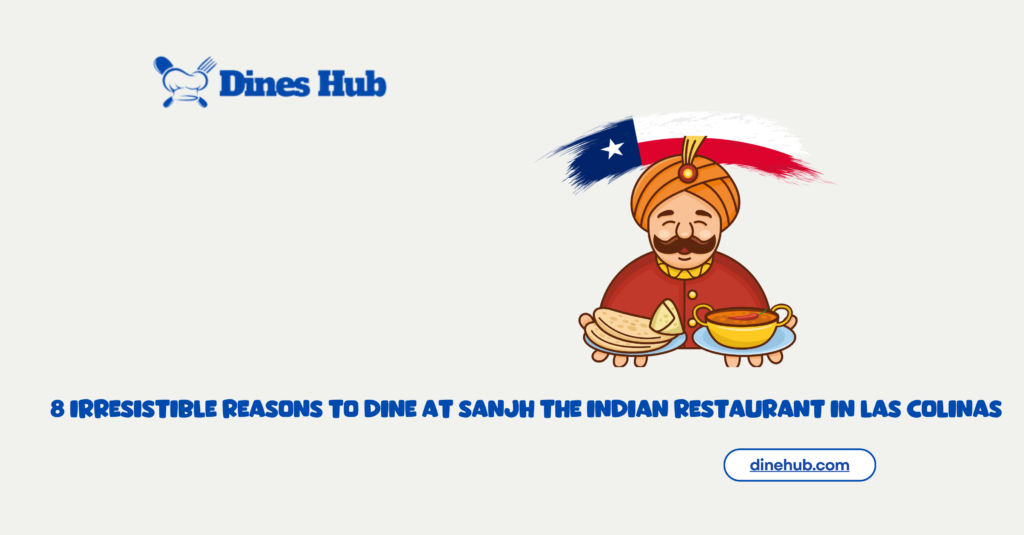Bangladeshi Food vs Indian Food: While both cuisines share a rich heritage, Bangladeshi food is tangy and fish-focused, whereas Indian food is diverse, with creamy curries and aromatic spices.
Introduction
When comparing Bangladeshi Food vs Indian Food, the similarities are striking, yet the differences are fascinating. Both cuisines share a common heritage, shaped by geography, history, and culture, but each has carved its unique identity. This article will guide you through the nuanced flavors, distinctive dishes, and cooking traditions that make these cuisines stand out. By the end, you’ll gain insights into why these foods are globally celebrated.
Shared Heritage: The Historical Bond Between Bangladeshi Food vs Indian Food
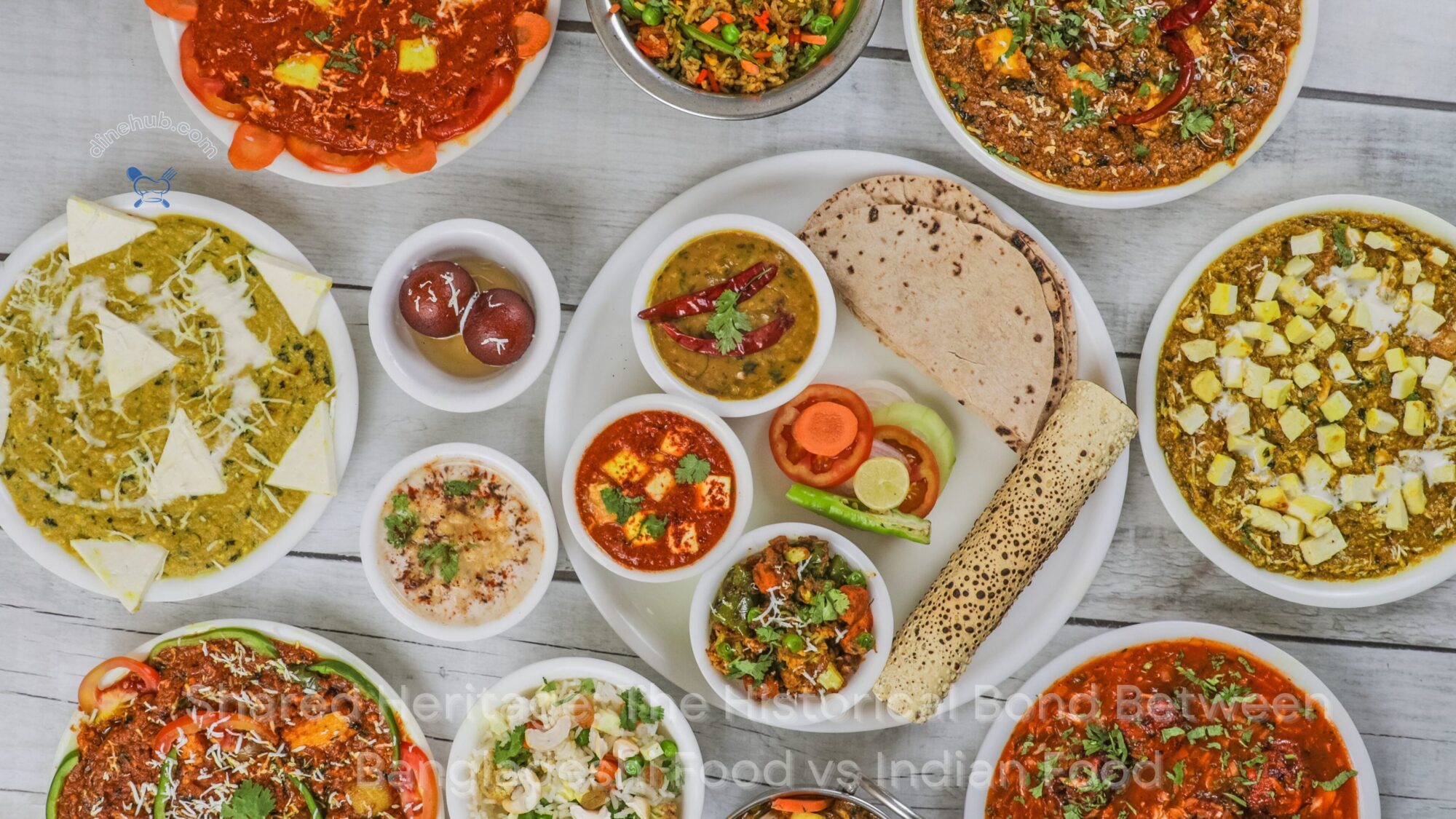
The intertwined history of Bangladeshi Food vs Indian Food goes back centuries. Before Bangladesh’s independence in 1971, the region was part of greater India. Consequently, the two cuisines share a foundation rooted in South Asian traditions, heavily influenced by Mughal, Persian, and British colonial eras.
Key Influences:
- Mughal Cuisine: Both cuisines adopted Mughal-inspired dishes like biryani, kebabs, and rich curries.
- Geographical Similarity: The fertile lands of Bengal and India ensure abundant rice, lentils, and spices.
- Religious Practices: Hindu, Muslim, and Buddhist traditions have shaped cooking styles, including vegetarian and non-vegetarian preferences.
Despite these shared roots, regional preferences and local ingredients lead to distinctly different flavors.
Core Ingredients and Flavor Profiles
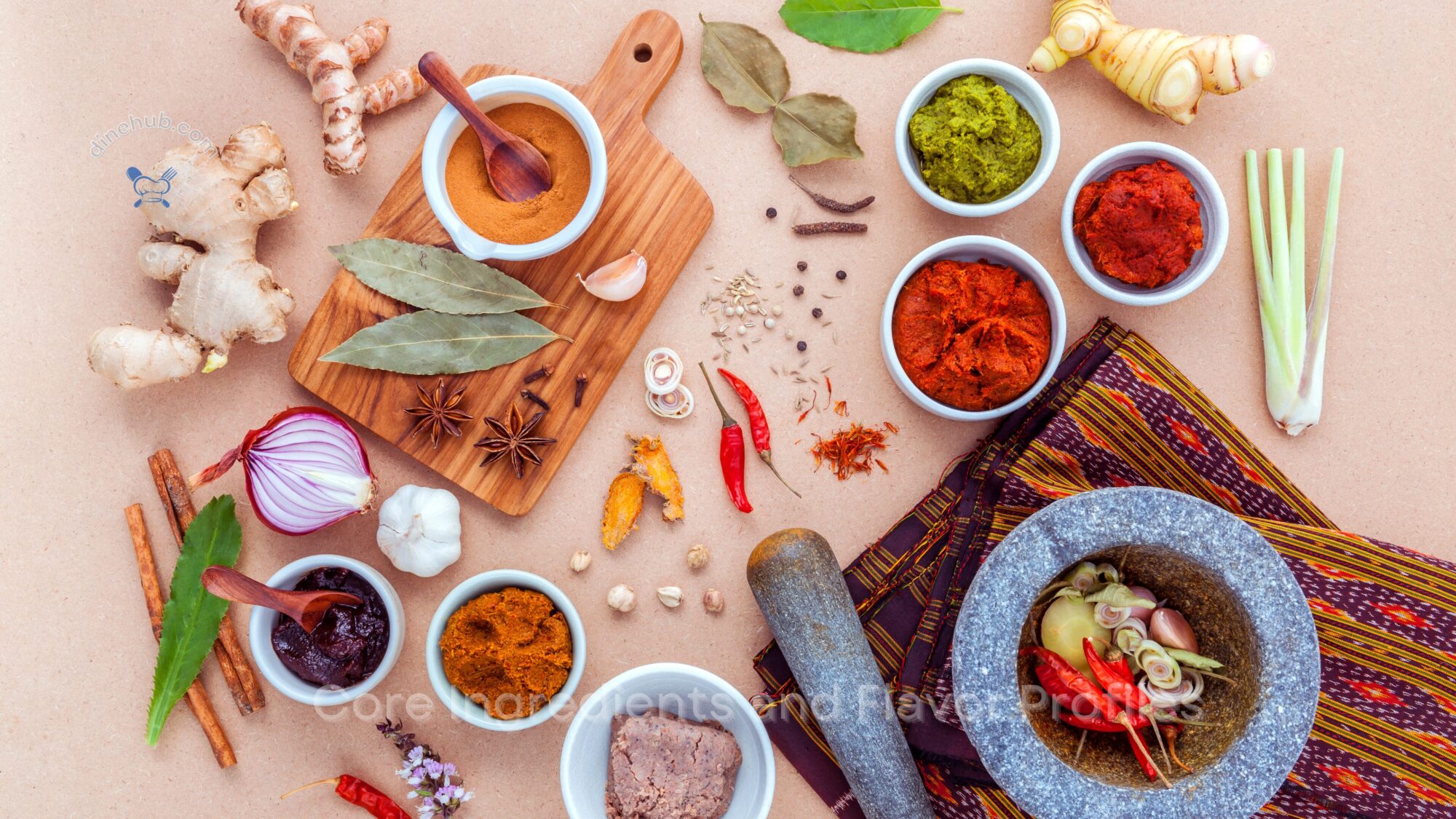
The staples of Bangladeshi Food vs Indian Food overlap significantly, but the use of spices and cooking techniques vary. Here’s a breakdown:
| Feature | Bangladeshi Cuisine | Indian Cuisine |
|---|---|---|
| Staple Foods | Rice, fish, lentils | Rice, wheat (roti, naan), lentils |
| Popular Spices | Mustard seeds, turmeric, coriander | Cumin, garam masala, red chili |
| Cooking Oils | Mustard oil | Ghee, vegetable oil |
| Protein Choices | Hilsa fish, prawns, beef | Chicken, lamb, paneer |
| Flavor Profile | Tangy, spicy, mustardy | Rich, creamy, aromatic |
Bangladeshi Food vs Indian Food highlights key differences in their flavor profiles. Bangladeshi food leans heavily on fish, mustard oil, and a tangy flavor derived from tamarind and green chilies. On the other hand, Indian food is famous for its creamy curries, diverse vegetarian dishes, and a broader use of dairy products like paneer and yogurt.
Signature Dishes of Bangladeshi Cuisine
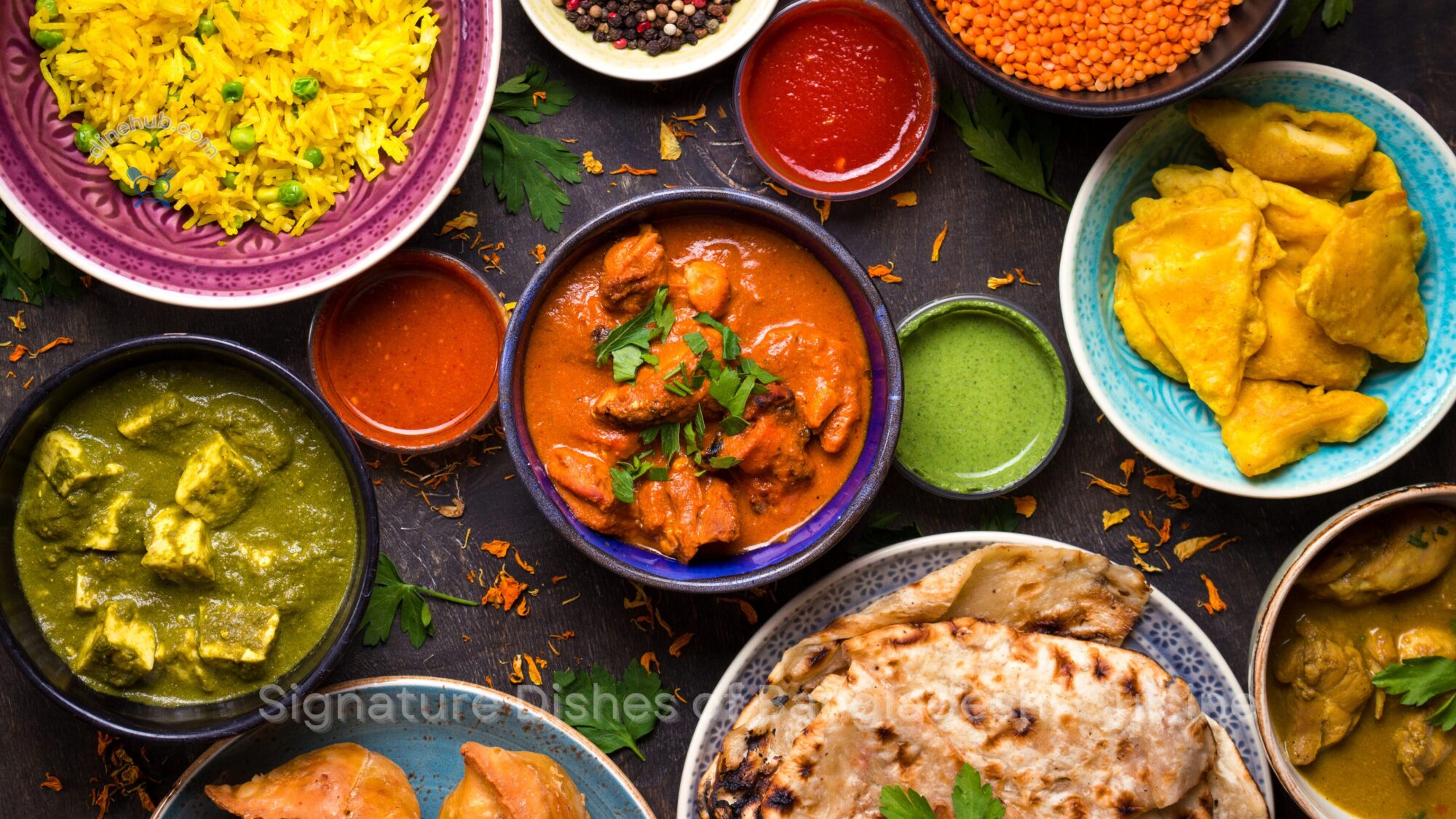
Bangladesh boasts a range of dishes that highlight its regional identity. Below are some must-try options:
- Hilsa Fish Curry (Shorshe Ilish): The national dish, made with mustard paste and mustard oil.
- Panta Bhat: Fermented rice served with dried fish, pickles, and onions.
- Kacchi Biryani: A spiced rice dish layered with marinated goat meat.
- Bhuna Khichuri: Lentil-based rice, often paired with fried eggplants or beef curry.
These dishes emphasize bold flavors, simplicity, and reliance on fresh ingredients, making Bangladeshi Food vs Indian Food comparisons even more intriguing.
Signature Dishes of Indian Cuisine
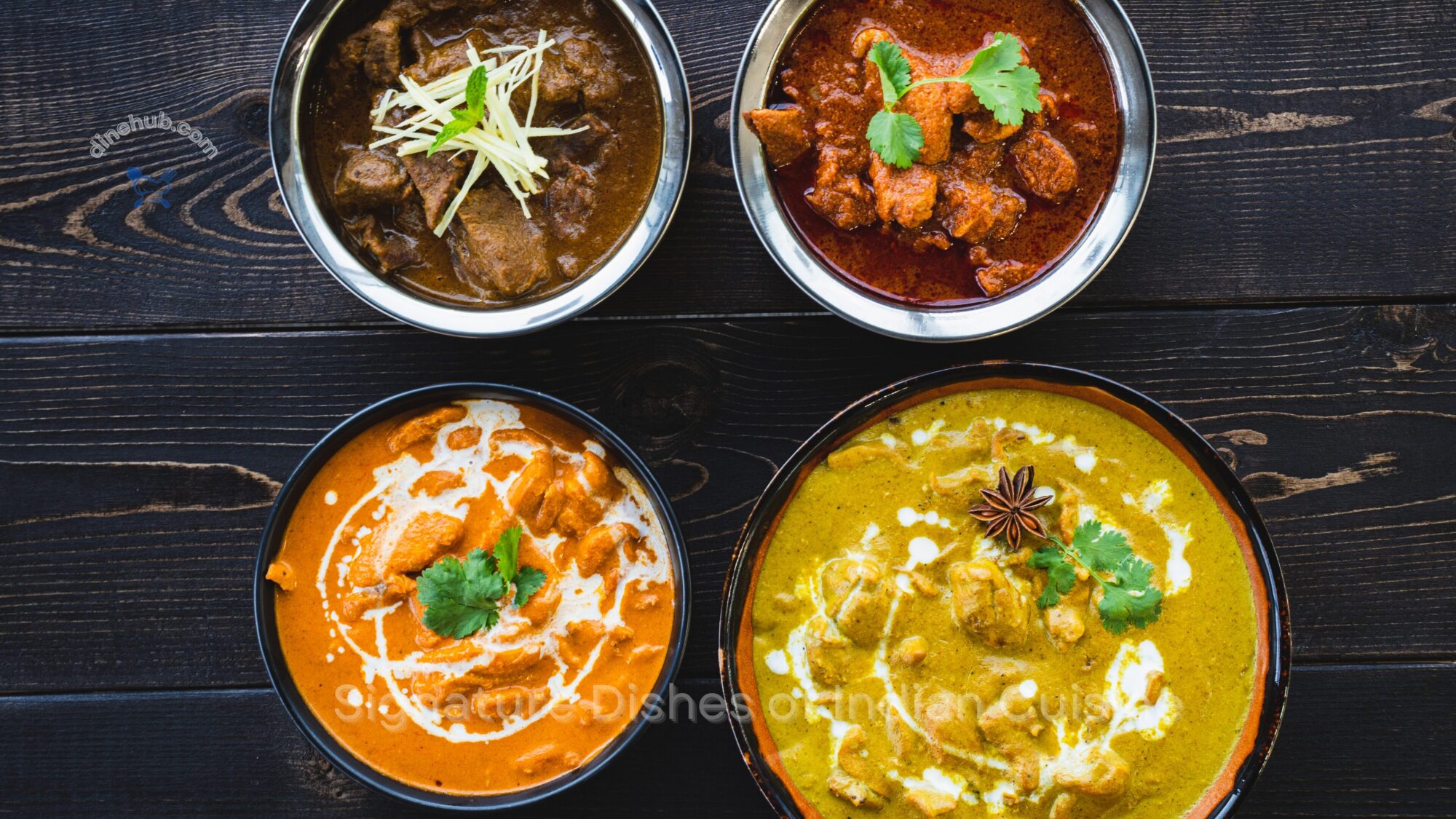
Indian food is renowned for its regional diversity. Some of the most iconic dishes include:
- Butter Chicken: A creamy tomato-based chicken curry.
- Masala Dosa: A South Indian crepe filled with spiced potatoes.
- Palak Paneer: Cottage cheese in spinach gravy.
- Rogan Josh: A Kashmiri lamb curry with aromatic spices.
- Biryani: Hyderabadi biryani, distinct from Bangladeshi versions, often includes eggs and fried onions.
These dishes reflect India’s vast culinary tapestry, influenced by climate, culture, and religion. Bangladeshi Food vs Indian Food becomes a fascinating discussion when comparing such iconic dishes.
Street Food Culture: A Vibrant Comparison
The street food in Bangladeshi Food vs Indian Food settings is a sensory delight. Let’s compare:
Bangladeshi Street Food:

- Fuchka: Crisp shells filled with tangy tamarind water.
- Chotpoti: Spiced chickpeas mixed with boiled eggs and tamarind sauce.
- Singara: Similar to samosas but smaller and spicier.
- Jhalmuri: Spiced puffed rice with mustard oil and raw onions.
Indian Street Food:

- Pani Puri: The Indian version of fuchka, with sweeter tamarind water.
- Pav Bhaji: Mashed vegetable curry served with buttered bread.
- Vada Pav: A spicy potato fritter in a bun.
- Bhel Puri: Puffed rice mixed with chutneys and vegetables.
Both cuisines emphasize affordability, bold flavors, and diverse textures in their street offerings, enhancing the discussion on Bangladeshi Food vs Indian Food.
Spice Levels: Tangy vs Aromatic
Spice is an essential part of both cuisines, but its usage differs:
- Bangladeshi Cuisine: Features raw mustard oil and fresh green chilies, resulting in a tangy and fiery taste.
- Indian Cuisine: Utilizes a blend of dry and ground spices like garam masala, creating warm and aromatic flavors.
This distinction is particularly evident in dishes like curry, where Bangladeshi Food vs Indian Food flavors truly shine through.
Regional Differences Within Bangladesh and India
Even within each country, regional diversity is remarkable.
Bangladesh:
- Dhaka: Known for Kacchi biryani and traditional sweets.
- Sylhet: Sour dishes using citrus and tamarind.
- Chittagong: Spicy seafood and mezban beef curry.
India:
- North India: Creamy curries, naan, and tandoori dishes.
- South India: Coconut-based gravies and rice staples.
- East India: Similar to Bangladeshi flavors, focusing on fish and mustard.
- West India: Sweet and spicy flavors like Gujarat’s dhokla and Maharashtra’s vada pav.
These regional distinctions enrich the conversation on Bangladeshi Food vs Indian Food.
FAQs About Bangladeshi Food vs Indian Food
- What are the key differences between Bangladeshi and Indian food? Bangladeshi food focuses on fish, mustard oil, and tangy flavors, while Indian food is diverse, using creamy curries and a broader range of spices.
- Are there vegetarian options in Bangladeshi cuisine? Yes, dishes like bhuna khichuri and vegetable curries are popular vegetarian choices.
- Which cuisine is spicier, Bangladeshi or Indian? Bangladeshi food tends to be spicier due to its use of fresh green chilies and mustard oil.
- What is the national dish of Bangladesh? Hilsa fish curry (Shorshe Ilish) is widely regarded as the national dish.
- Is biryani the same in both cuisines? No, Bangladeshi biryani uses mustard oil and is meat-focused, while Indian biryani incorporates more spices and sometimes eggs or vegetables.
- What oils are commonly used? Bangladeshi food uses mustard oil, while Indian dishes often use ghee or vegetable oil.
- Are desserts different in both cuisines? Yes, Indian sweets like gulab jamun and jalebi differ from Bangladeshi desserts like mishti doi and chomchom.
- Which cuisine uses more seafood? Bangladeshi cuisine relies heavily on seafood due to its riverine geography.
Conclusion
The debate on Bangladeshi Food vs Indian Food showcases a shared heritage yet highlights unique flavors that make both cuisines stand out globally. Whether it’s the tangy and spicy essence of Bangladeshi dishes or the rich and creamy profile of Indian curries, both offer unforgettable culinary experiences.
For more insightful content on global cuisines, please follow our blog Dines Hub.



